Redistricting Roundup
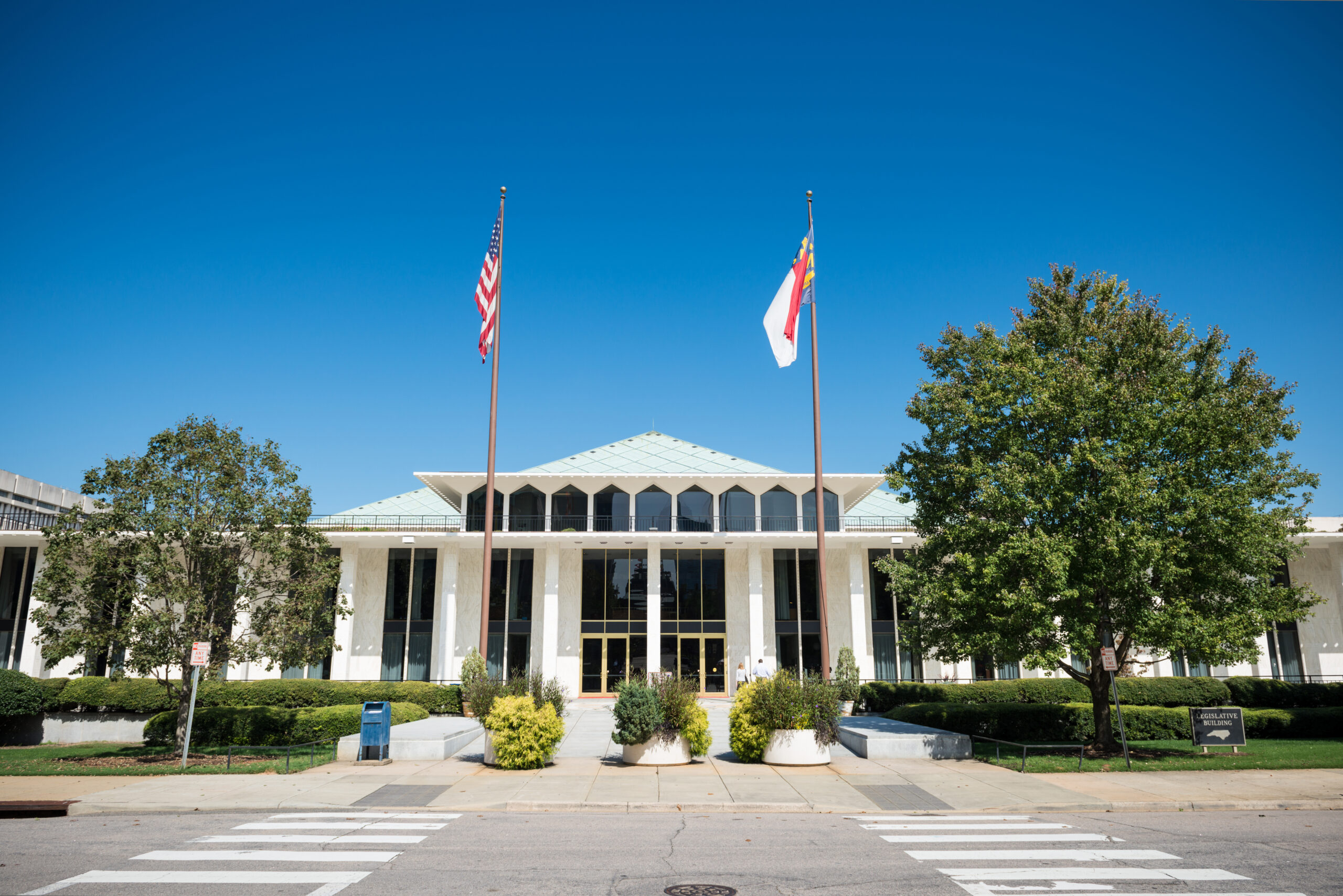
We are once again in redistricting season here in North Carolina. This week, the General Assembly approved new NC House, NC Senate, and Congressional districts maps to be used in the upcoming 2024 elections. NC Chamber Political Director Kirk O’Steen provided the following report on what you need to know about the new maps.
How we got here:
Legislative maps have quite a long and complicated history in North Carolina. Redistricting is supposed to happen once a decade, using the newest census numbers. However, just about every map drawn since 2001 has been subject to legal challenges in state and federal court. The latest challenge came when the Republican-led Legislature approved new maps after the 2020 census. Candidate fillings and primary elections for the 2022 election were postponed so that the State Supreme Court could review the maps. The then-Democratic majority ruled in a party line decision that the maps were unconstitutional and ordered the General Assembly to redraw. The General Assembly did just that. The court accepted the updated House and Senate maps but implemented a special master-drawn congressional map to be used only for the 2022 election.
After the 2022 election, the State Supreme Court flipped from Democratic to Republican majority, and earlier this year, the NC Supreme Court reversed the 2022 Supreme Court ruling that said the original 2021 maps were unconstitutional, nullifying the NC House and Senate maps drawn in 2022. Additionally, the congressional maps used in 2022 were expired, so legislators would need to redraw those lines ahead of the 2024 election.
That brings us to last week when legislators released the drafts of the new maps. Each map went through the committee process and passed through the legislature, leaving us with the new maps contained in the following bills:
HB 898 – House Redistricting Plan 2023
SB 758 – Realign NC Senate Districts 2023
SB 757 – Realign Congressional Districts 2023
Methodology
Using 2020 election results, we can approximate how a given district will vote in future elections. There are more sophisticated ways to model districts, but for the sake of simplicity, I will use the results of the 2020 Presidential election in each district through the tools of DavesRedistricting.com. Districts where Biden or Trump won by more than 10% will be labeled “Safe,” districts between 5%-10% victory margin will be labeled as “Likely,” districts between 2%-5% will be labeled “Lean,” and any districts decided by less than 3% will be “Tossup.”

NC House:
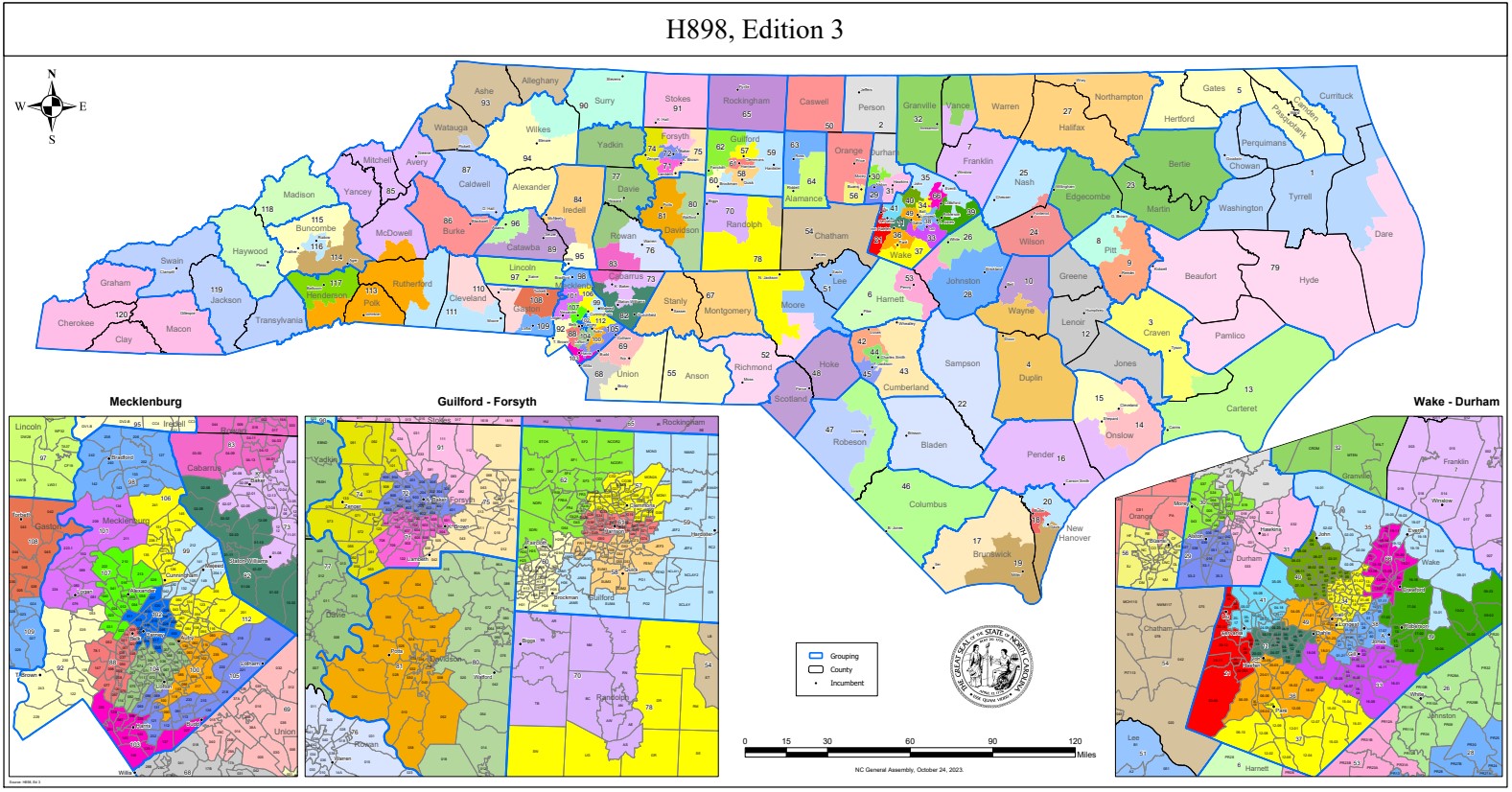

When applying the 2020 Presidential election numbers to the new NC House Maps (H898), President Trump won 70 districts in North Carolina and President Biden won 50. Using the 2022 maps, Trump won 61 districts and Biden won 59.
The actual results of the 2022 election for NC House yielded 71 Republican seats and 49 Democratic seats. House Republicans significantly outperformed the 2020 Presidential numbers in 2022 and won 10 races in districts that elected Biden.
The latest round of redistricting shifts many of those districts further to the right. Additionally, HD-36, which is represented by Rep. Julie Von Haefen, shifted from a “Safe” democratic seat to a “Likely” democratic seat.
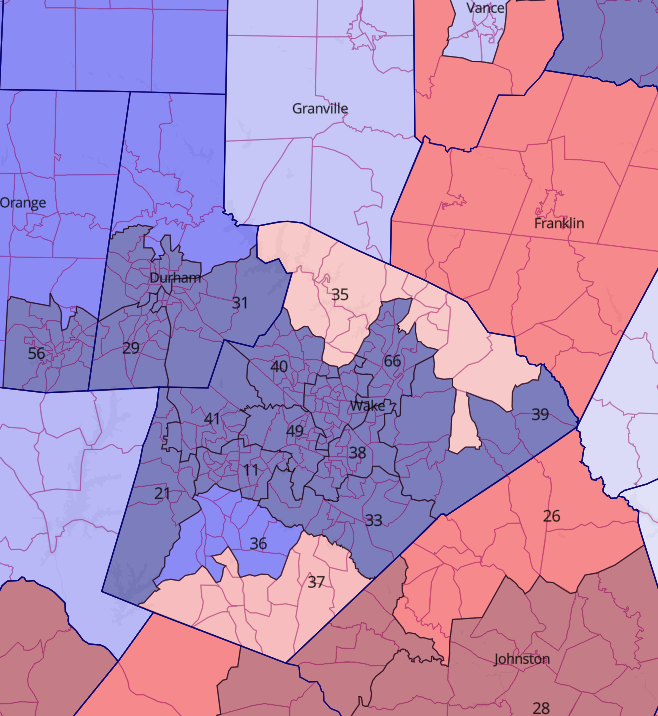
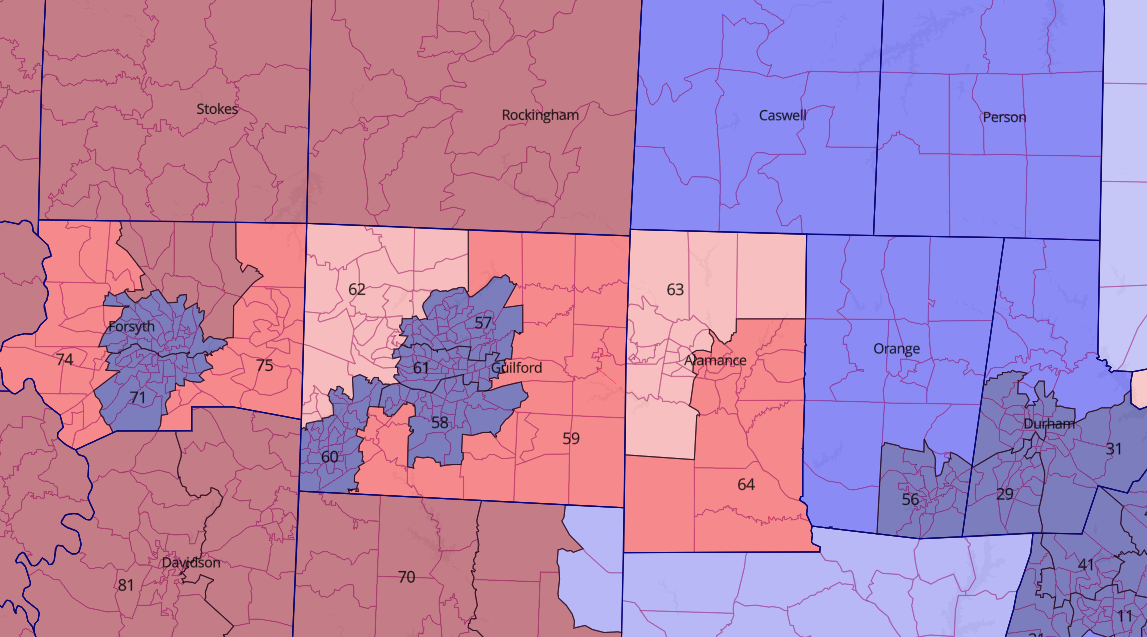
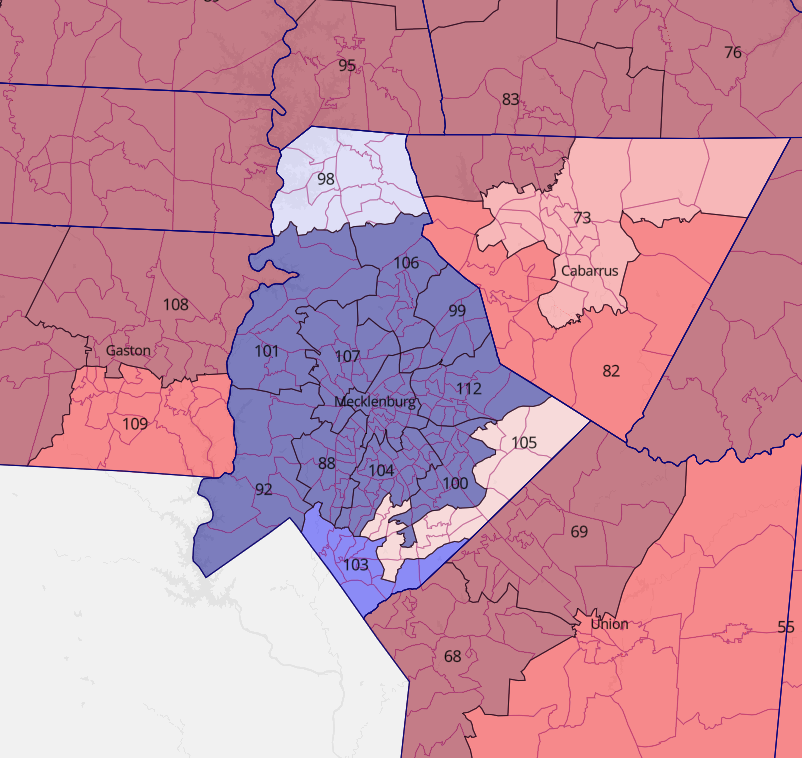

NC Senate:
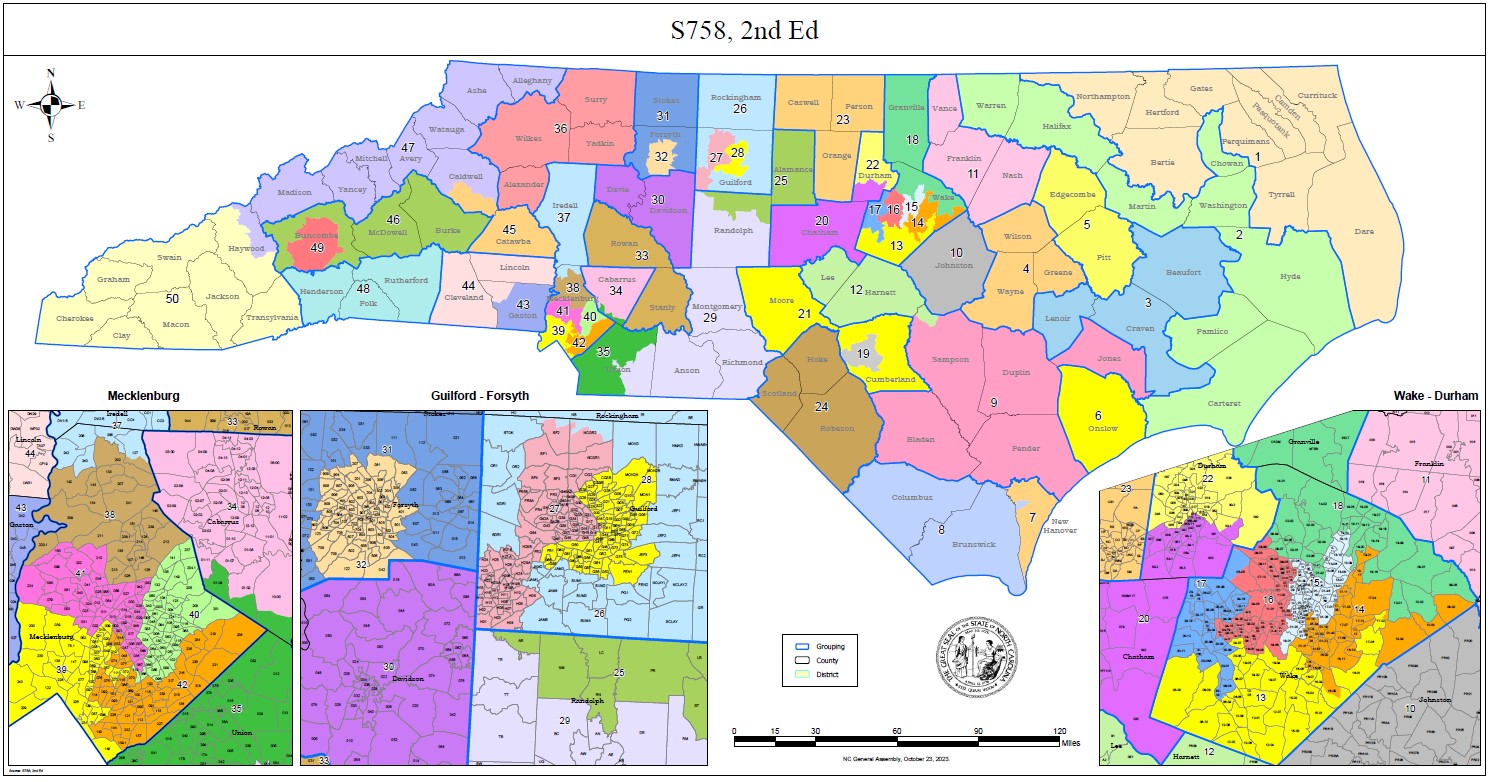

Like the new NC House map, the NC Senate map shores up the Senate GOP’s most vulnerable members (Lee, Hanig) and slightly improves Republican prospects in Wake County tossup districts like SD-13(Open) and SD-18(Bode). Mecklenburg County’s SD-42(Hunt) became more competitive (Biden +6) but will still favor Democratic candidates in most elections.


Congressional:
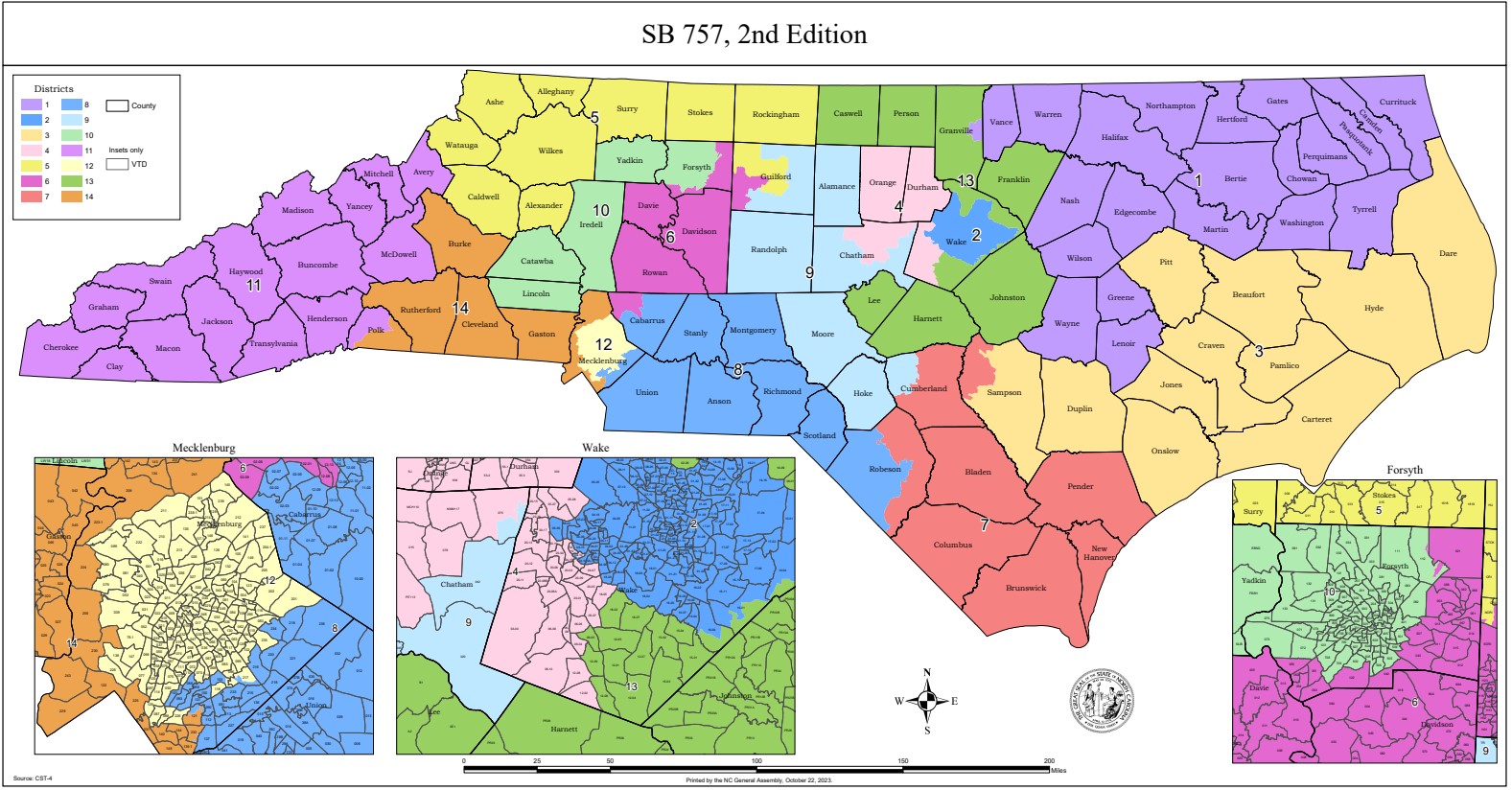

Of the three new maps, the Congressional map shows the most dramatic change. The court-drawn 2022 map saw 7 Republicans and 7 Democrats elected to represent North Carolina in the US House of Representatives. The new map will likely yield 10 Republican and 3 Democrats.
NC-1, currently held by Congressman Don Davis, will be even more competitive under these new lines. As drawn, the district slightly favors Democrats. However, Eastern North Carolina has been trending to the right over the last several years. Given the razor-thin margins of the US House, NC-1 could become ground zero for control of Congress. Expect record setting numbers to be spent here.


Conclusion
It’s no secret that the new maps will pad Republicans’ advantages in North Carolina. If the maps stand, Legislative Republicans will strengthen their numbers through the end of the decade and retain super majorities in most elections. The newly drawn congressional map won’t just affect the state’s current delegation, it will also have an overnight impact on who will hold the Speaker’s gavel in the 119th Congress.
As always, we will continue crunching the numbers to glean more information to inform our membership. If you have any questions, comments, or concerns, reach out to Political Director Kirk O’Steen.